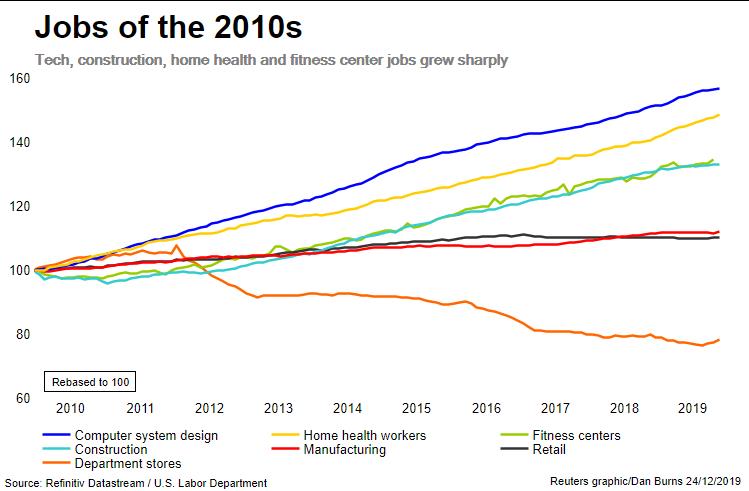A growing number of Chinese scientists working in the United States and other parts of the world are returning to their homeland, enhancing China’s research productivity.
In a new study, researchers found that more than 16,000 researchers have returned to China from other countries since that nation has opened up to international engagement. More than 4,500 left the United States for China in 2017 – nearly double the number who left in 2010.
These foreign-trained researchers are helping grow China into a scientific powerhouse, said Caroline Wagner, co-author of the study and associate professor in the John Glenn College of Public Affairs at The Ohio State University.
“In our lifetime, China has joined the global scientific community to become world-class in a number of critical fields, such as AI and materials science,” Wagner said.
“As more of their researchers return home, that rise is going to continue.”
The study was published online this month in the journal Science and Public Policy.
For the study, the researchers made use of a scientific publisher’s (Elsevier) database that allowed them to track researchers based on their publications in scientific journals.
The study’s authors traced the paths of Chinese authors who first published in China and then subsequently in a different country, or, first published abroad and then in China, to track individual mobility.
Results showed that the number of Chinese researchers going to the United States is larger than the number going to Europe. Chinese scientists are more likely to return to their home from Europe than from the United States.
“The most elite Chinese scientists are more likely to stay in the United States than go home – and that’s good for the United States,” Wagner said.
“But increasingly, we found that people are going back. The U.S. has been lucky that many top scientists have stayed. But China has programs to attract them back to their homeland.”
The study showed the returning scientists’ value to China.
Overall, Wagner and her colleagues found that 12 percent of studies published by researchers in China were by those who had worked in other countries – and that is probably an underestimation, she said.
More importantly, those who worked abroad and returned to China published more high-impact research than scientists who didn’t work abroad, according to the study.
“Once they go home, those who worked elsewhere are more productive at the international level than people who stayed in China,” she said.
One reason for the success of the mobile researchers was that they published more studies with foreign-based collaborators. In previous research, Wagner has found that the more open a country is to cross-country scientific cooperation, the stronger its scientific impact.
That’s also one reason why China is fine with the fact that many of its scientists stay in the United States, Europe or elsewhere.
“Chinese leaders value the connections. It is a way to create linkages with the worldwide scientific community,” she said.
A variety of indicators suggest that China’s science and technology capabilities are on a sharply rising trajectory. For one, China’s spending on research and development as tracked by the Organisation for Economic Co-operation and Development has increased faster than overall economic growth in the country.
And by one measure, China ranked second in the world in the number of papers published in indexed scientific journals in 2017.
Wagner said that returning scientists have helped build China’s scientific community, which in turns attracts more of the country’s scientists to come back home. But she said it is still in America’s best interest to try to retain as many of China’s best scholars as possible, and be welcoming to those who visit.
“The U.S. has retained its dynamism in science and technology because excellent scientists from other countries come here,” she said.
“If we lose that attraction, if we discourage people from coming here, it will take a toll on the U.S. scientific system.”
###
Co-authors on the study were Cong Cao of the University of Nottingham Ningbo China; Jeroen Baas of Elsevier and its International Center for the Study of Research in The Netherlands; and Koen Jonkers of the Joint Research Centre, European Commission, in Belgium.

